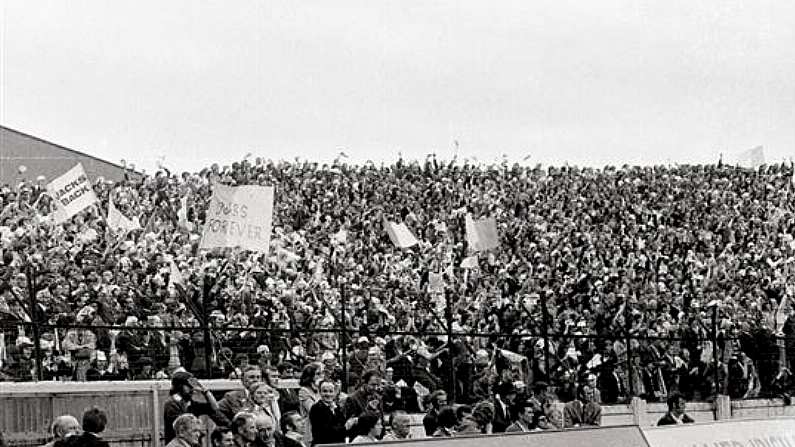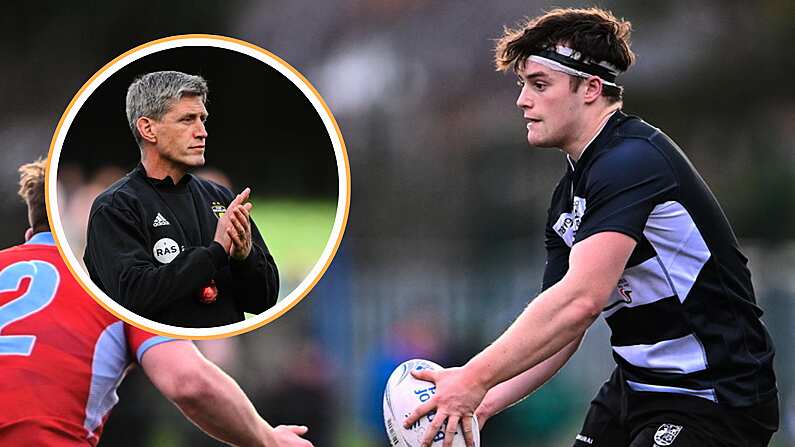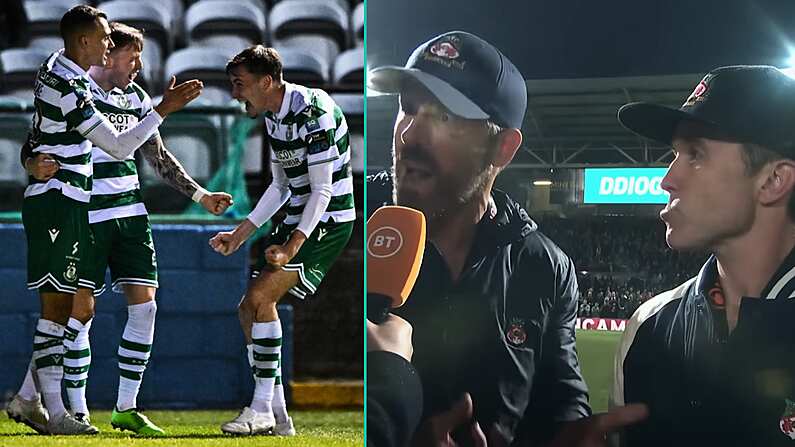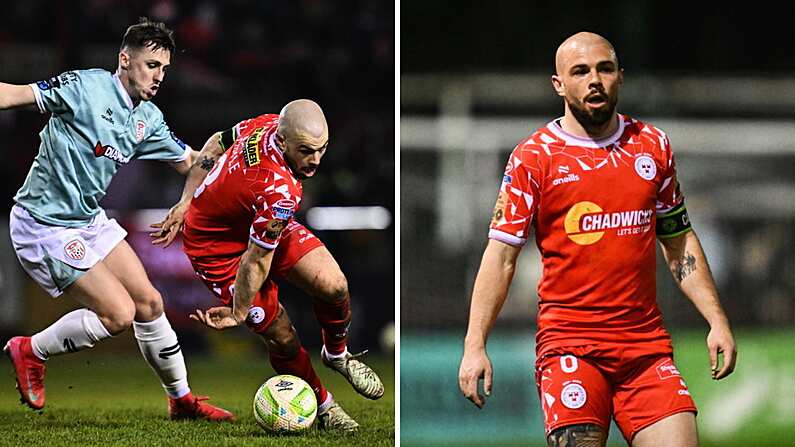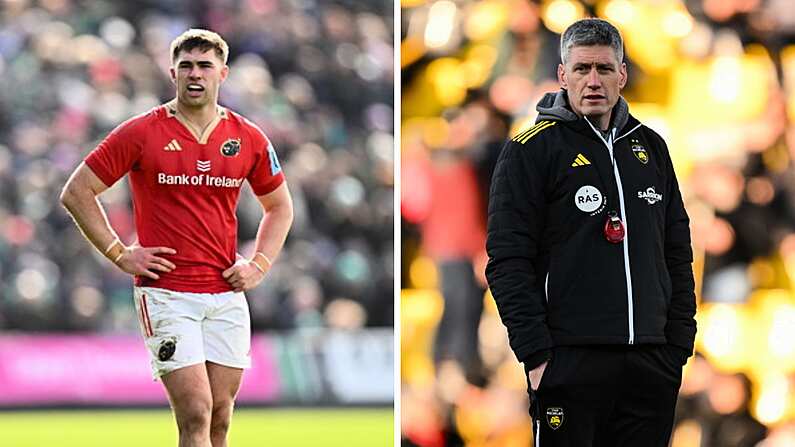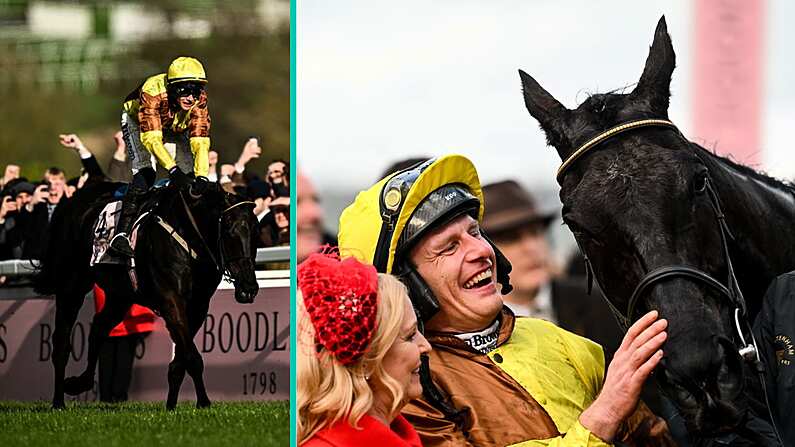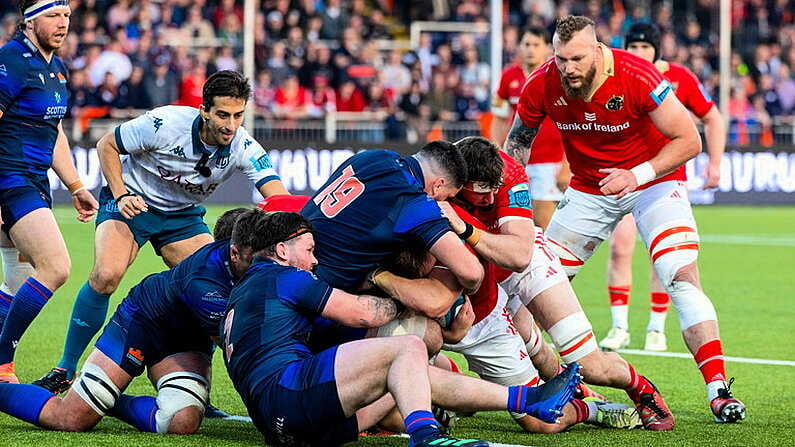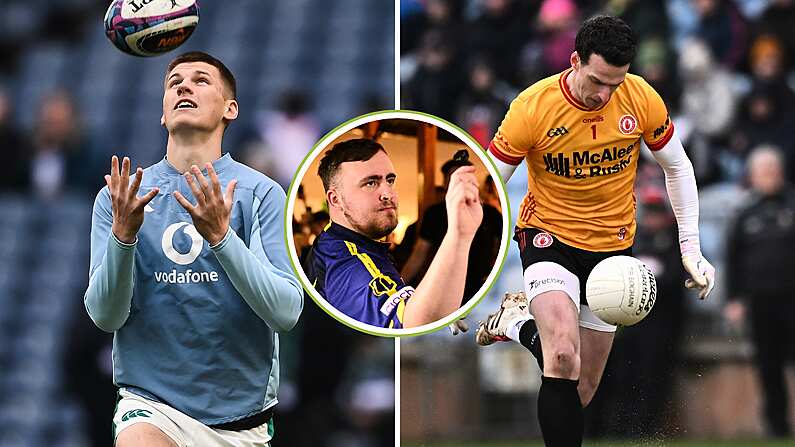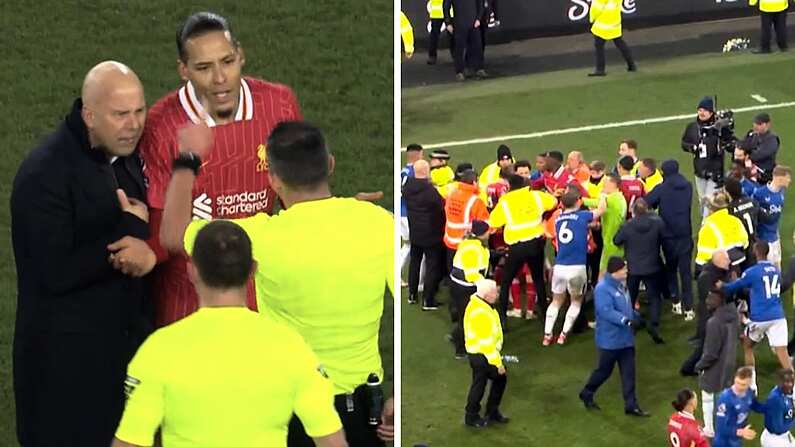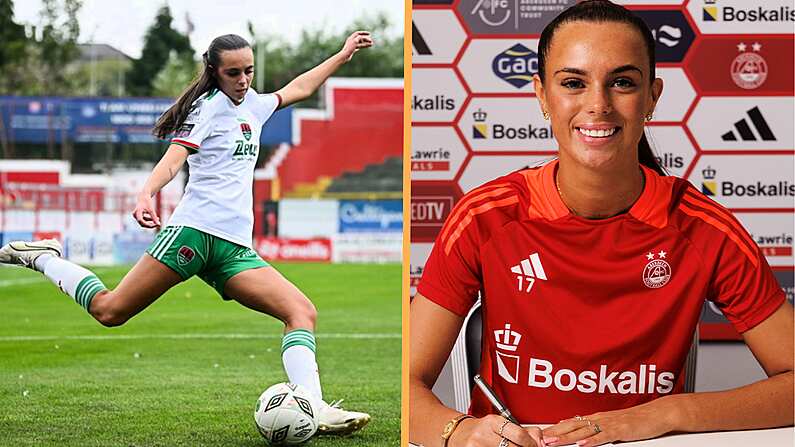There is no television footage of the 1974 All-Ireland semi-final. RTE had only one outside broadcasting unit and the match clashed with the last day of the Dublin Horse Show. The working class heroes who called the shots in the state broadcaster at the time decided the Aga Khan Cup must take precedence.
Therefore, only the 42,000 in the ground are able to tell us anything about the game. Among them was the nation's most celebrated columnist Fintan O'Toole, he being of the Irish Times rather than The42.ie. He recalled the experience in an article published the day before the Irish rugby team played in Croke Park for the first time.
Like many fair-weather fans, I had lost interest in the Dubs through their barren years of the early 1970s. I turned up that day more out of curiosity than expectation, pleased that they had somehow got that far and certain that they were in for a heavy defeat by a fine Cork side. But before the shock of discovering how good Dublin were, there was another, even greater shock. The far side of Hill 16 was now occupied by creatures the likes of which could not be imagined within the GAA's sanctum sanctorum even a year before.
They were young, working-class Dublin males. They sang and chanted and threw shapes, pointing in mocking unison at the culchies in the Hogan Stand. There was not a paper hat or a rosette between them, just scarves draped over their angular shoulders or held aloft in swaying exultation. They were, in short, soccer fans. Anfield and Dalymount Park had come to Croker like Birnam Wood coming to Dunsinane, a physical migration as wondrous as it was unsettling.
According to legend, the Dubs lost in the first round pretty much every year from 1966 to 1973. In fact, they did win the odd game, beating Westmeath in '72 and Wexford in '73. Other than that, they were beaten in their first match by Longford (twice in 1968 and 1970), Westmeath (1967) and Laois (1971). Kildare beat them in a couple of semi-finals.
The city took no interest in their football team. As if to underline this, when the revolution began to gather steam in 1974, Gay O'Driscoll's workmates were surprised to suddenly learn that he had been playing inter-county Gaelic football for a number of years at that stage.
Dublin won seven matches en route to the All-Ireland in 1974, an unusually large number in the pre-qualifier era. They began the year in Division 2 of the National League. Their first championship round match against Wexford served as the curtain raiser for a replayed League final between Kerry and Roscommon. Dublin won handily but the world took no notice.
As David Hickey observed, 'a second game was always a bonus in those days.' The second round match was against Louth in Navan, a game they won by five points. Modest progress for sure but it was, to quote Denis Walsh, the meeting of the halfpenny and the tuppence halfpenny. Irrelevant in the grand scheme of things.
The first inkling that something was happening occurred in the 1974 Leinster quarter-final against Offaly.
Offaly won back-to-back All-Irelands in 1971 and 1972. They were going for four Leinster championships in a row having only halted by Galway in the previous year's All-Ireland semi-final.
Leslie Deegan kicked the famous looping winner in the last minute into the Hill. Dublin won 1-9 to 0-11. There were still vast swathes of concrete visible on the Hill when Deegan's shot landed over the bar. By the time, Dublin beat Meath in the Leinster Final, the Hill had become much less roomy. The Dubs had made it their home. Banners proclaiming that 'The Jacks are Back' and bearing the message 'Heffo's Army'.
The culchies were partly enthralled by the spectacle and partly alarmed. Numerous newspaper reports alluded to a supposed hooligan problem on the Hill. It was treated as a borderline social problem. But to the Dubs, it offered a great boost and also, if it wasn't managed properly, a great challenge.
The colour was magnificent, the banners were magnificent, the humour on the banners was magnificent. It was totally new. But then it became a matter that had to be dealt with. One had to be sure the team going out wasn't going to be awestruck by the Hill. That they anticipated the colour, the noise and the buzz that was there.
Fintan O'Toole's description of the earliest Hill dwellers as being essentially soccer fans may have something in it. During the All-Ireland final against Galway, the crowd sang 'You'll Never Walk Alone'.
Towards the end of the game, Dublin had clear blue water between them and Galway as the game dribbled to a conclusion. The over-excited hordes on the Hill had gathered on the sideline. Sean Doherty's nerves became frayed watching the boyos encroach on the pitch. Irrational fears preyed on his mind, thoughts of the game being abandoned or a replay being forced.
The clearest memory I have of playing in front of the Hill was the 1974 All-Ireland final. The crowd was over the railing from the Hill for 10 minutes before the final whistle blew. We had the game wrapped up and there was a chance that the match could be abandoned. I remember Kevin Heffernan going down to calm them. Some of us had been playing in Croke Park for so long and never thought we'd see a crowd in the place for a Dublin match ever again. Here we were about to win an All-Ireland and maybe the crowd would take it away from us.
With Dublin leading 0-14 to 1-6, the referee blew the whistle and promptly sprinted off the field. Hill 16 poured onto the field, gathering underneath the Hogan as Sean Doherty lifted Sam Maguire for the most improbable triumph.
The memories are vivid. Health and safety wasn't quite the concern it appears now. Patsy Watchorn of the Dubliners used to sit on the wall at the back of the terrace. When a goal went in, they'd nearly topple over the end. Vincent Conroy, the Dublin full back of the 1980s, who also stood on terrace in the 70s, describes the place beautifully.
Lads climbing the walls, the barbed wire, the big green banks, a flood of drink and urine at the end of a game. The Hill would be a swarming sea of runny blue hats. Fellas half-falling, half-sliding about the place. Scary but great.


